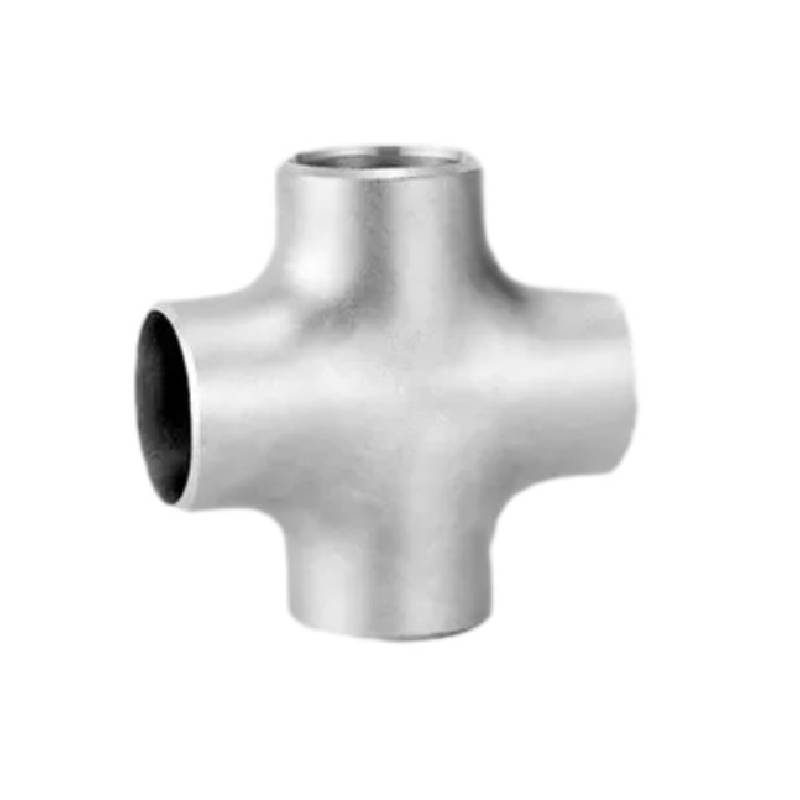-
Cangzhou Yulong Steel Co., Ltd.
-
Phone:
+86 13303177267 -
Email:
admin@ylsteelfittings.com
- English
- Arabic
- Italian
- Spanish
- Portuguese
- German
- kazakh
- Persian
- Greek
- French
- Russian
- Polish
- Thai
- Indonesian
- Vietnamese
- Zulu
- Korean
- Uzbek
- Hindi
- Serbian
- Malay
- Ukrainian
- Gujarati
- Haitian Creole
- hausa
- hawaiian
- Hebrew
- Miao
- Hungarian
- Icelandic
- igbo
- irish
- Japanese
- Javanese
- Kannada
- Khmer
- Rwandese
- Afrikaans
- Albanian
- Amharic
- Armenian
- Azerbaijani
- Basque
- Belarusian
- Bengali
- Bosnian
- Bulgarian
- Catalan
- Cebuano
- China
- China (Taiwan)
- Corsican
- Croatian
- Czech
- Danish
- Esperanto
- Estonian
- Finnish
- Frisian
- Galician
- Georgian
- Kurdish
- Kyrgyz
- Lao
- Latin
- Latvian
- Lithuanian
- Luxembourgish
- Macedonian
- Malgashi
- Malayalam
- Maltese
- Maori
- Marathi
- Mongolian
- Myanmar
- Nepali
- Norwegian
- Norwegian
- Occitan
- Pashto
- Dutch
- Punjabi
- Romanian
- Samoan
- Scottish Gaelic
- Sesotho
- Shona
- Sindhi
- Sinhala
- Slovak
- Slovenian
- Somali
- Sundanese
- Swahili
- Swedish
- Tagalog
- Tajik
- Tamil
- Tatar
- Telugu
- Turkish
- Turkmen
- Urdu
- Uighur
- Welsh
- Bantu
- Yiddish
- Yoruba

Dec . 13, 2024 12:18 Back to list
dn100 ansi 150 flange
Understanding DN100 ANSI 150 Flanges Specifications and Applications
When it comes to piping systems, the reliability and integrity of connections are crucial to maintaining operational efficiency and safety. Among the various components used in these systems, flanges play a pivotal role in ensuring a secure and leak-proof connection. One such commonly used flange is the DN100 ANSI 150 flange. Understanding its specifications, applications, and advantages can significantly aid in the selection of appropriate fittings for specific engineering requirements.
What is DN100 ANSI 150 Flange?
The designation DN100 refers to the nominal diameter of the flange, which is 100 millimeters. This sizing standard is part of the larger system of nominal diameter (DN) specifications used primarily in Europe and other parts of the world. The ANSI 150 designation indicates that this flange is designed to meet the American National Standards Institute (ANSI) standards for pressure ratings. Specifically, ANSI 150 refers to a pressure classification capable of handling moderate pressures, generally up to 150 psi (pounds per square inch) at ambient temperature.
Flanges are circular pieces of metal that are used to connect pipes, valves, pumps, and other equipment in a piping system. They typically have holes for bolts, which fasten the flanges together to create a sealed connection. The DN100 ANSI 150 flange is available in various materials such as carbon steel, stainless steel, and other alloys, allowing for compatibility with a wide range of fluids and environmental conditions.
Specifications
When selecting a DN100 ANSI 150 flange, it is essential to consider its specific dimensions and characteristics. The flange’s inner diameter aligns with the nominal pipe size (NPS) of 100 mm, while its outer diameter and thickness will depend on the material and construction. Standard specifications also dictate the bolting configuration, with typically four to eight bolt holes depending on the flange's design and size.
Moreover, the flange surface can be of various types smooth (flat face), raised face, or ring-type joint, each offering different advantages depending on the application. Flanges are usually sealed with gaskets between them to prevent leakage. The choice of gasket material must align with the operating environment to ensure an effective seal.
Applications
dn100 ansi 150 flange

The DN100 ANSI 150 flange is widely used in numerous industries including oil and gas, water treatment, chemical processing, and power generation. Its ability to handle moderate pressures makes it suitable for many fluid transfer applications, from transporting water to various chemical mediums.
In the oil and gas sector, for instance, these flanges are often utilized in pipelines that transport fluids under pressure. Their robust design enables safe connections without the risk of leaks, which is crucial in maintaining environmental safety and operational integrity.
In water treatment facilities, DN100 ANSI 150 flanges are used in pumps and piping systems that require secure connections to manage flow and pressure effectively. The same applies to heating and cooling systems in industrial plants where maintaining precise control over fluids is essential.
Advantages
One of the primary advantages of using DN100 ANSI 150 flanges is their ease of installation and disassembly. The bolted connection allows for quick maintenance, which is critical in continuous process industries where downtime can be costly. Additionally, the flange's sturdy design withstands vibrations and thermal expansion, making it a reliable choice in dynamic operating conditions.
Furthermore, the compatibility with different materials offers versatility, enabling engineers to customize their piping systems according to specific requirements and environmental factors. The availability of a variety of gasket materials also enhances the flange's functionality, allowing for effective sealing in diverse applications.
Conclusion
In summary, the DN100 ANSI 150 flange is an essential component in numerous piping systems across various industries. Its reliability, ease of installation, and compatibility with different materials make it a preferred choice for engineers and maintenance professionals. Understanding its specifications, applications, and benefits allows for better decision-making when designing and maintaining fluid delivery systems. Whether in oil and gas, water treatment, or power generation, the DN100 ANSI 150 flange plays a crucial role in ensuring the integrity and efficiency of operations.
Latest news
-
ANSI 150P SS304 SO FLANGE
NewsFeb.14,2025
-
ASTM A333GR6 STEEL PIPE
NewsJan.20,2025
-
ANSI B16.5 WELDING NECK FLANGE
NewsJan.15,2026
-
ANSI B16.5 SLIP-ON FLANGE
NewsApr.19,2024
-
SABS 1123 FLANGE
NewsJan.15,2025
-
DIN86044 PLATE FLANGE
NewsApr.19,2024
-
DIN2527 BLIND FLANGE
NewsApr.12,2024
-
JIS B2311 Butt-Welding Fittings LR/SR 45°/90° /180°Seamless/Weld
NewsApr.23,2024











